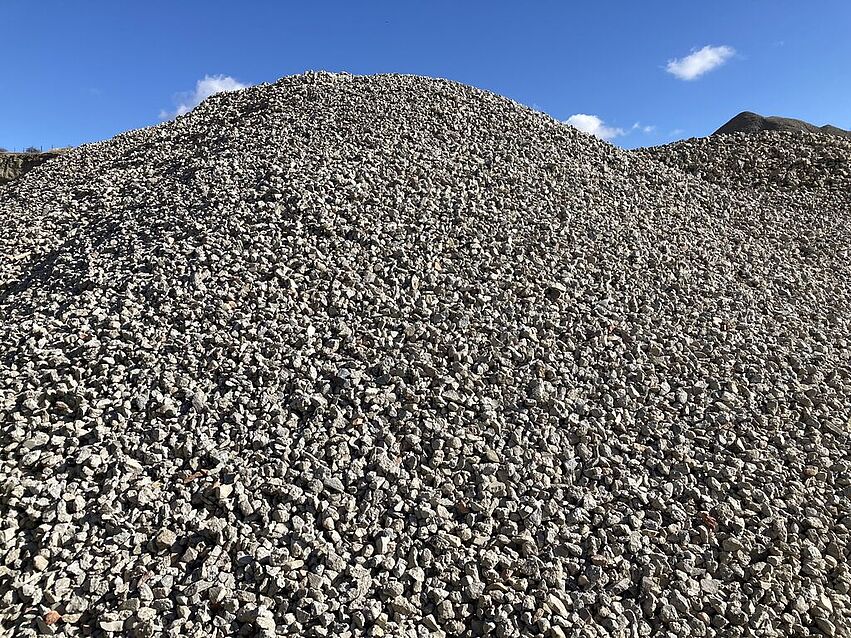Motivation
The recycling potential of the construction industry is high:
- 50% of all extracted raw materials in the EU can be attributed to the construction sector, 90% of which are non-renewable mineral raw materials.
-
30% of the waste generated in the EU can be attributed to the construction industry, 60% of which is mineral waste, the highest proportion of which is concrete.
The industry is challenged to conserve (primary) resources, to increase recycling rates and to develop and establish secondary building materials and related processes. For concrete, a "large" construction waste material in terms of volume and mass, this means further developing recycled concrete (RB) formulations and finding new approaches for upcycling
UP!crete cluster project addresses business needs
Some companies have already spent years building up know-how and experience in construction waste processing and recycled concrete production. Now there is a need for the industry to take this to the next level, to investigate open issues and to develop proposals for standards.
For this reason, ecoplus Bau.Energie.Umwelt Cluster Niederösterreich, together with representatives from the business community and the scientific partners TU Wien Institute for Materials Technology, Building Physics and Building Ecology and IBO Austrian Institute for Building and Ecology, conceived the industry project "UP!crete - Performance of Recycled Concrete in Upcycling".
Project contents
Concrete is one of the most widely used building materials worldwide - its recycling represents a significant lever for resource conservation (keyword urban mining). However, upcycling of demolished concrete in the form of recycled concrete (RB), which is comparable to primary concrete in terms of its properties, currently encounters technical, scientific and regulatory obstacles.
The UP!crete project addresses these: The project generates scientifically sound knowledge on how to improve the properties of recycled aggregates (RG) to enable higher replacement rates of natural rock by RG in RB.
In doing so, the project will address the two main levers at the material level: Reduction of the high porosity of the cement paste in RG (old cement paste) and reduction of the weak point of the interface between RG and the new cement paste in RB.
In extensive systematic test series in a collaborative setting of industry and science, optimal RG and RB treatment methods for achieving the objectives will be identified, combined (hybrid methods) and their effects on the properties of RB investigated. Accompanying the methods are considered in terms of ecology and industrial scalability.
With the vision of repeated recycling, RG and RB 2nd generation are also analyzed and optimization steps are derived.





